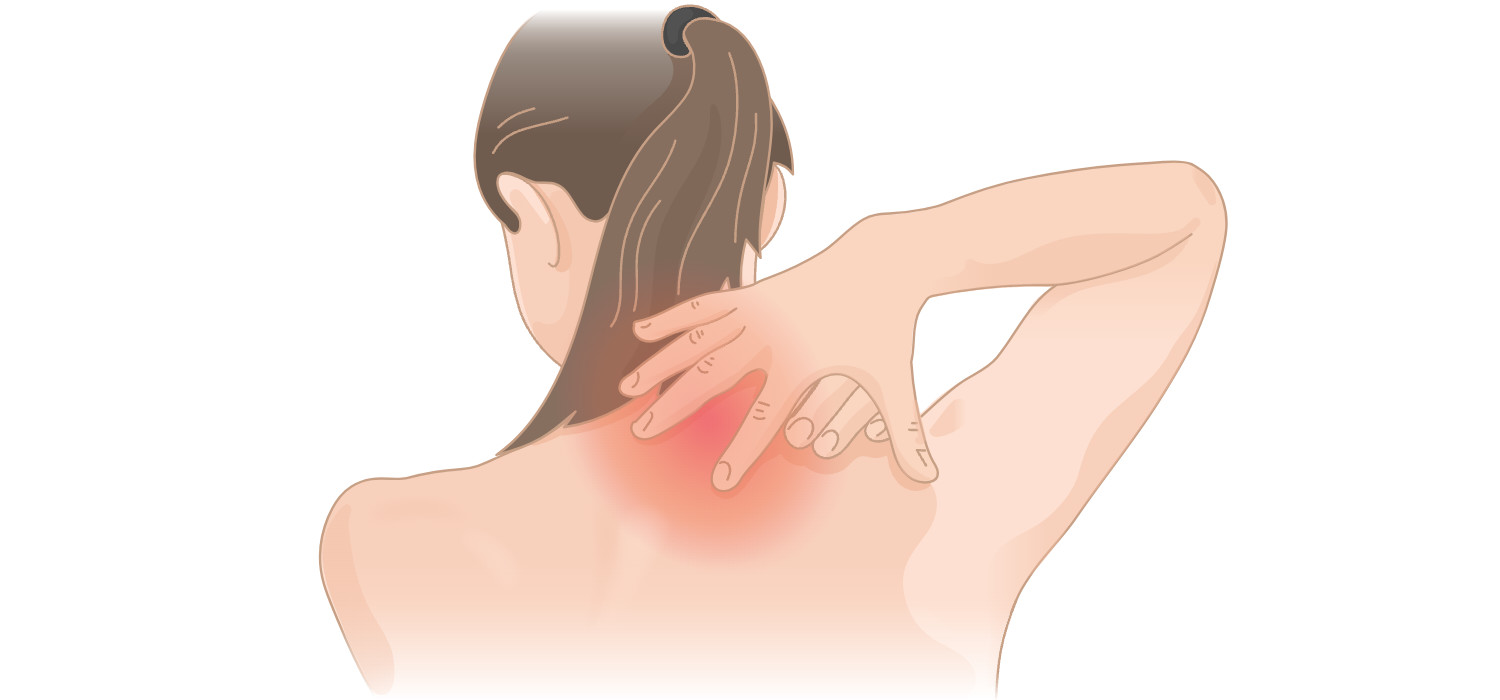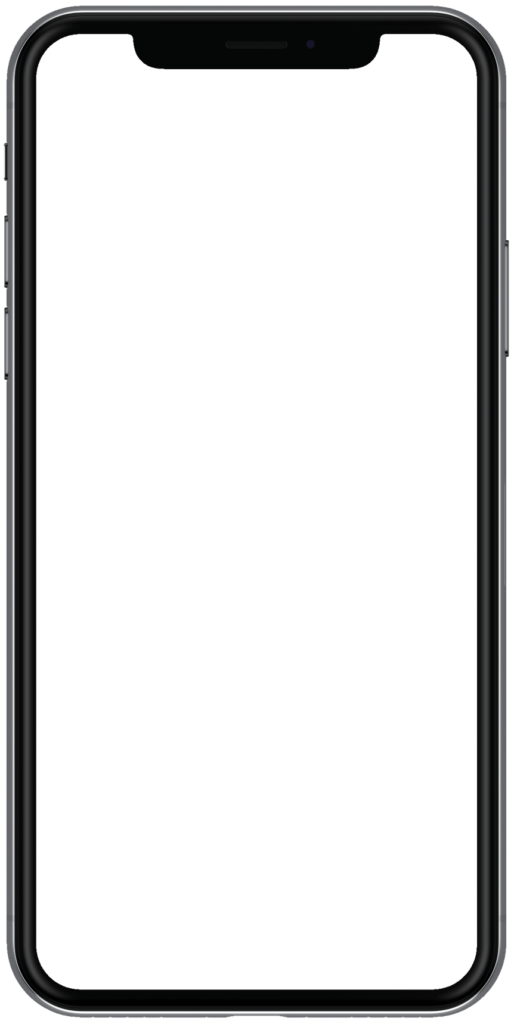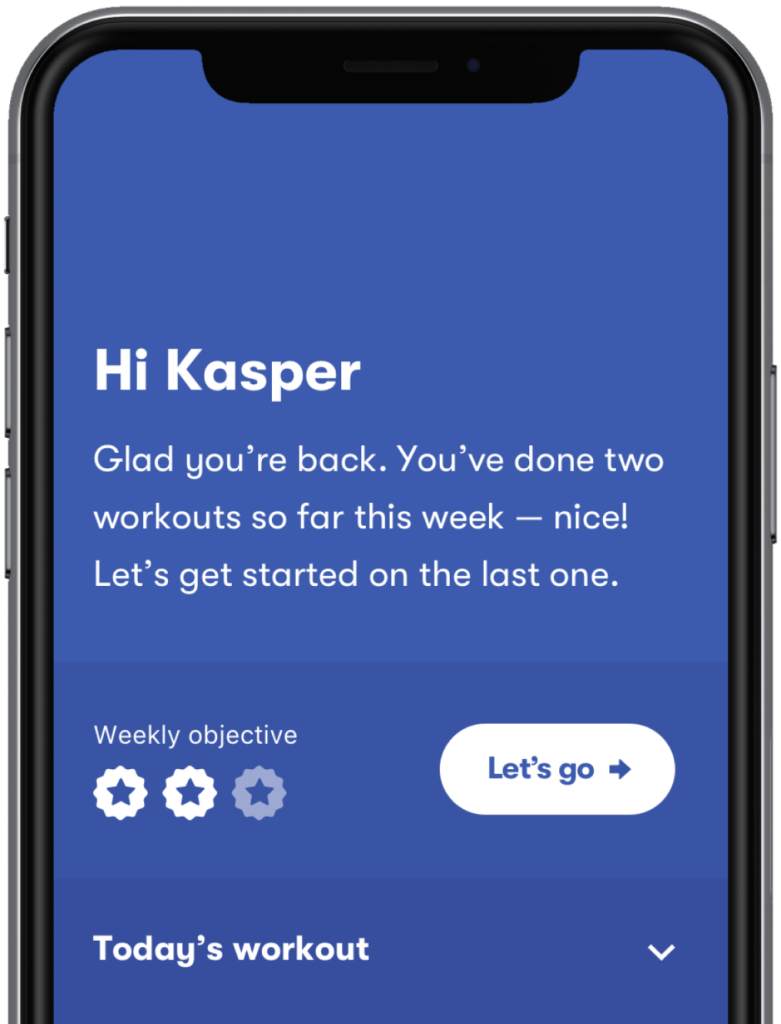A pinched nerve happens when a nearby structure presses on or irritates the nerve. When this happens in the shoulder blade, you may experience numbness and pain spanning from the shoulder and down the arm. Either way, it’s not exactly a walk in the park nor is it fun.
Ideally, you probably want to squash this problem as soon as possible. At Injurymap, we understand how frustrating pain can be, which is why we’ve outlined the symptoms, causes, and treatment options below regarding a pinched nerve in the shoulder blade.
Content
- What Does Shoulder Pain due to a Pinched Nerve Feel Like?
- Common Causes of Shoulder Pain due to Pinched Nerves
- Recovery Time
- Treatment and Relief
- Red Flags
- Conclusion
What Does Shoulder Pain due to a Pinched Nerve Feel Like?
Usually, a pinched nerve in the neck will cause pain and numbness at the shoulder joint. This typically only impacts one shoulder. This pain may feel like more of a sharp pain as opposed to a dull ache. include:
Other common symptoms
- Neck pain, especially when you move your neck.
- Reduced strength of the muscles in the shoulder, arms, or hands.
- Numbness and tingling in the fingers, hands, or shoulder.
- Pain relief when lifting your arm.
In some cases, you may also experience headaches. Be aware that the headache may be caused by something other than the pinched nerve and not the pinched nerve itself. An example of this involves tight or spastic muscles pulling on tendons, the part of muscles that attach to bone, at the head causing headaches to happen.
Common Causes of Shoulder Pain due to Pinched Nerves
Why are you potentially experiencing a pinched nerve in the shoulder blade? In the most basic sense, a pinched nerve is due to compression caused by another structure or force.
More specifically, a structure is pressing on the nerve in or near the cervical spine, the region of the spine that makes up your neck. From the cervical spine, various nerves branch out, allowing signals to be passed from your brain to your shoulders, arms, and hands and vice versa. This allows you to move your arms and hands, as well as perceive sensory information, such as touching a textured fabric with your fingers.
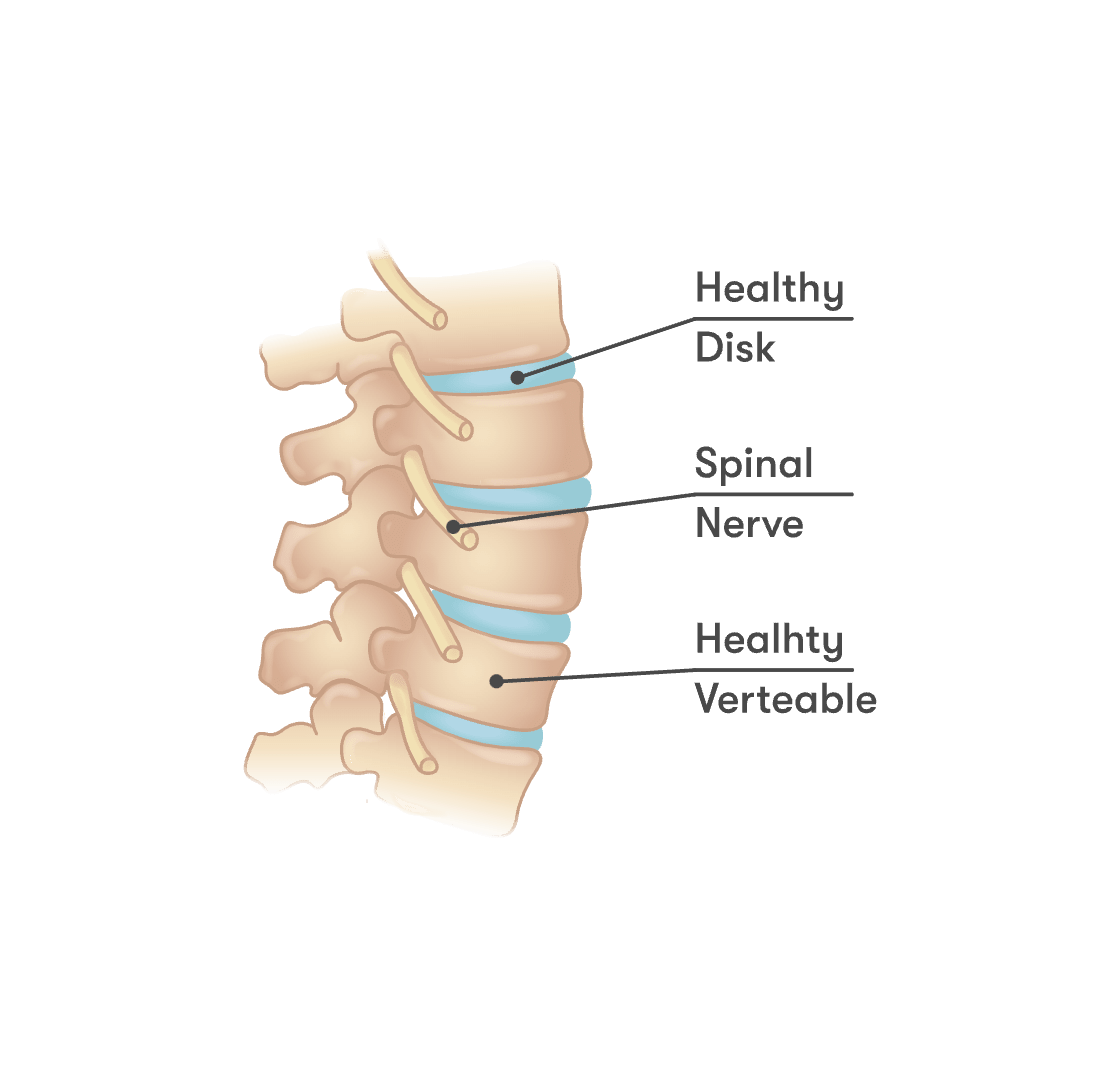
When the nerves within the cervical spine become compressed or pinched, you might feel numbness or tingling sensations. So, why might a nerve come under pressure? The following outlines the common causes of a pinched nerve in the shoulder blade.
1. Spinal Dikc Degeneration
The spine is made up of bones called vertebrae. In between these bones, sit shock-absorbing disks that also allow you to twist and bend your torso. As you age, these gel-like disks can become worn down. This can lead to degeneration of the facet joints, that are small joints between the vertebrae. This degeneration is called osteoarthritis. Bone growths, called bone spurs, may happen when this degeneration occurs, which may place pressure on a nerve.
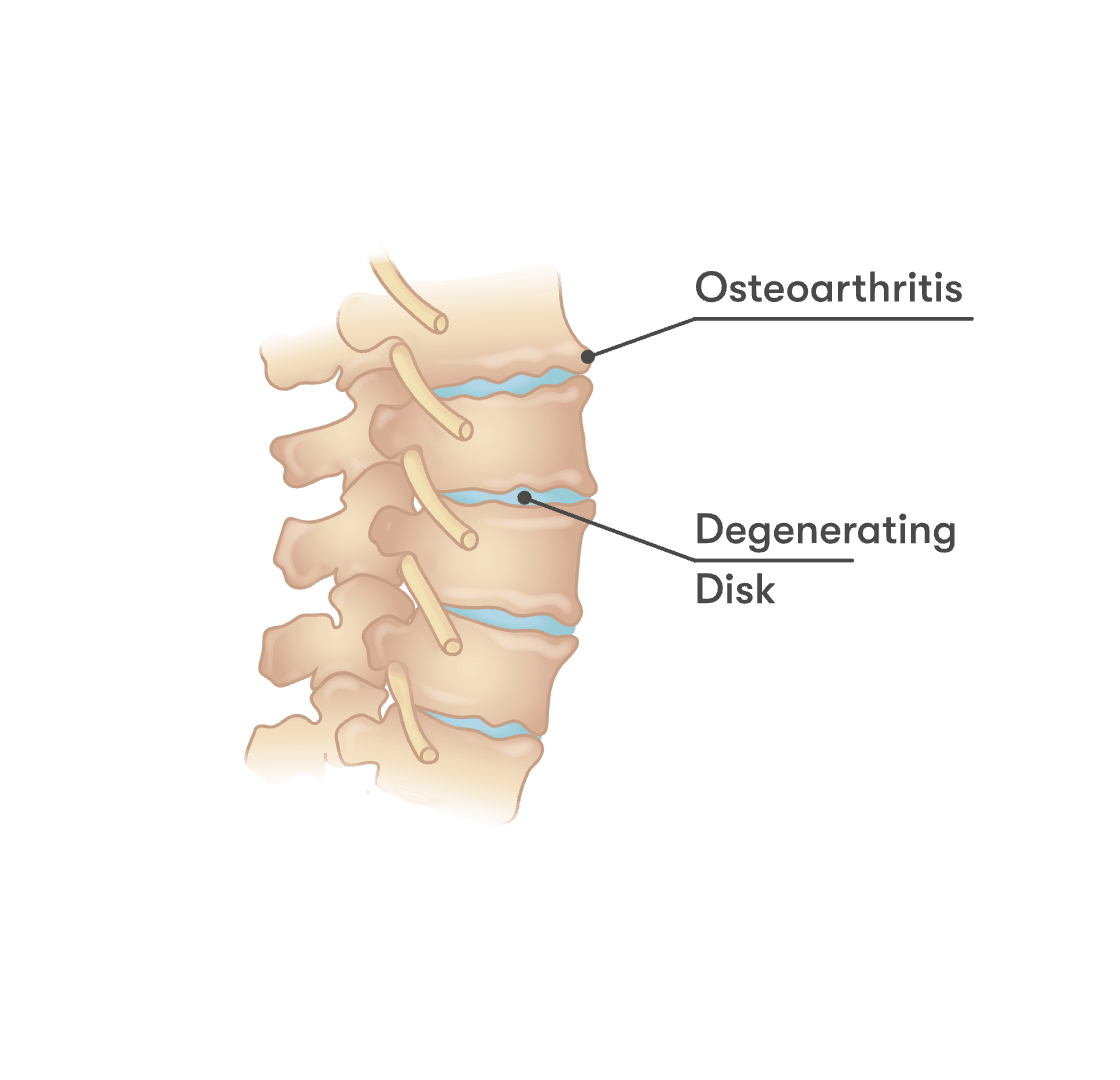
2. Herniated Disk
Many problems can arise with these disks located in the spine. The disks can slip out of place or rupture, where the inner part of the disk protrudes past the outer layer. As a result, they may produce an inflammation on a nerve inducing pain, especially when extending the neck bending or lifting objects.
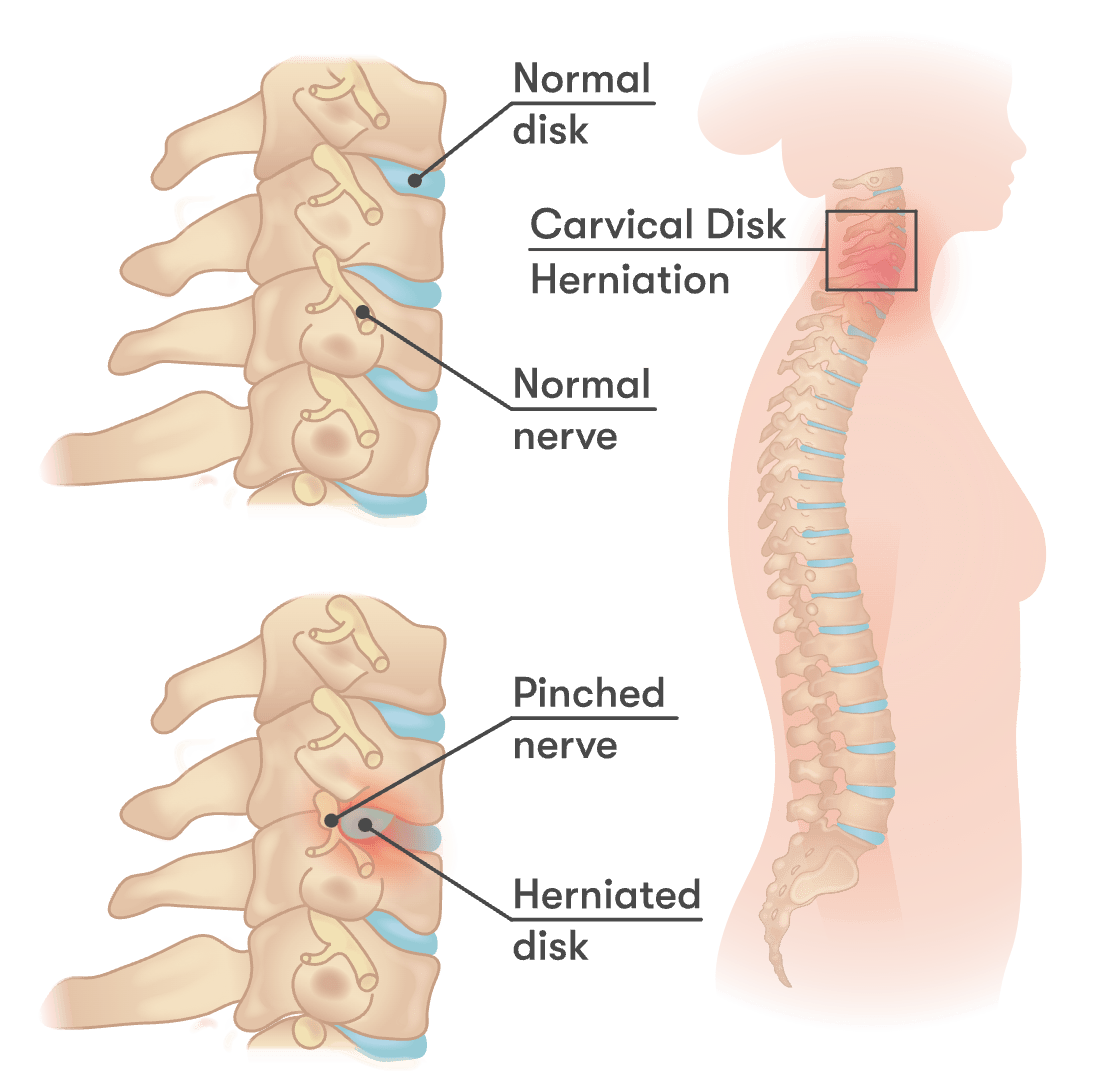
3. Injury or Direct Trauma
A sports injury or an injury obtained from a car accident can also cause a pinched nerve in the neck. For instance, a motor vehicle accident may result in a whiplash injury that can impact the nerves in the neck and shoulder blade region. An injury may also create swelling or inflammation in the area that can press on the nerve, again, leading to pain.
Recovery Time
Surprisingly, many pinched nerves gradually get better with time. Usually, the symptoms go away on their own and without treatment within a few days or weeks. However, treatment can accelerate pain relief, as well as ensure it doesn’t happen again. Further, if your pain doesn’t appear to be getting better, treatment can help.
Treatment and Relief
For a pinched nerve, rest of the shoulder and neck is almost always recommended. This prevents further irritation and pain. Yet, starting treatment, especially doing exercises, may help you with managing your pain and getting back to your regular activities.
1. Medications
Tylenol / Paracetamol and Non-steroidal anti-inflammatory drugs, NSAIDs – commonly known as painkillers – can help you manage your initial pain and inflammation. Examples of NSAIDs include ibuprofen and naproxen. It’s important to note that this is only a temporary fix. Experts do not recommend taking NSAIDs for longer than 10-14 days due to their adverse health effects causing gastrointestinal issues.If you have severe pain, Gabapentin or Tricyclic antidepressant drugs, may be more efficient in reducing your pain. They work by changing the message the nerve sends to your brain.
2. Exercising
Exercises may help your body heal, as well as prevent future incidents of a pinched nerve in the shoulder blade from happening. Strengthening exercises help support and stabilize the area, as well as maintain good postural alignment. You can get an injury from having a poor posture since it leads to strain and stress on the upper back muscles and shoulders. In turn, this may tug at certain parts of the spine compressing a nerve. Stretches can further help improve and maintain function and range of motion. Examples of exercises to get you started include the ones below.
